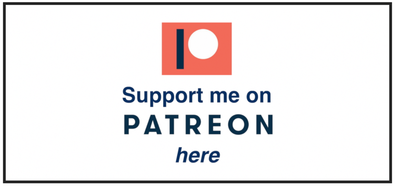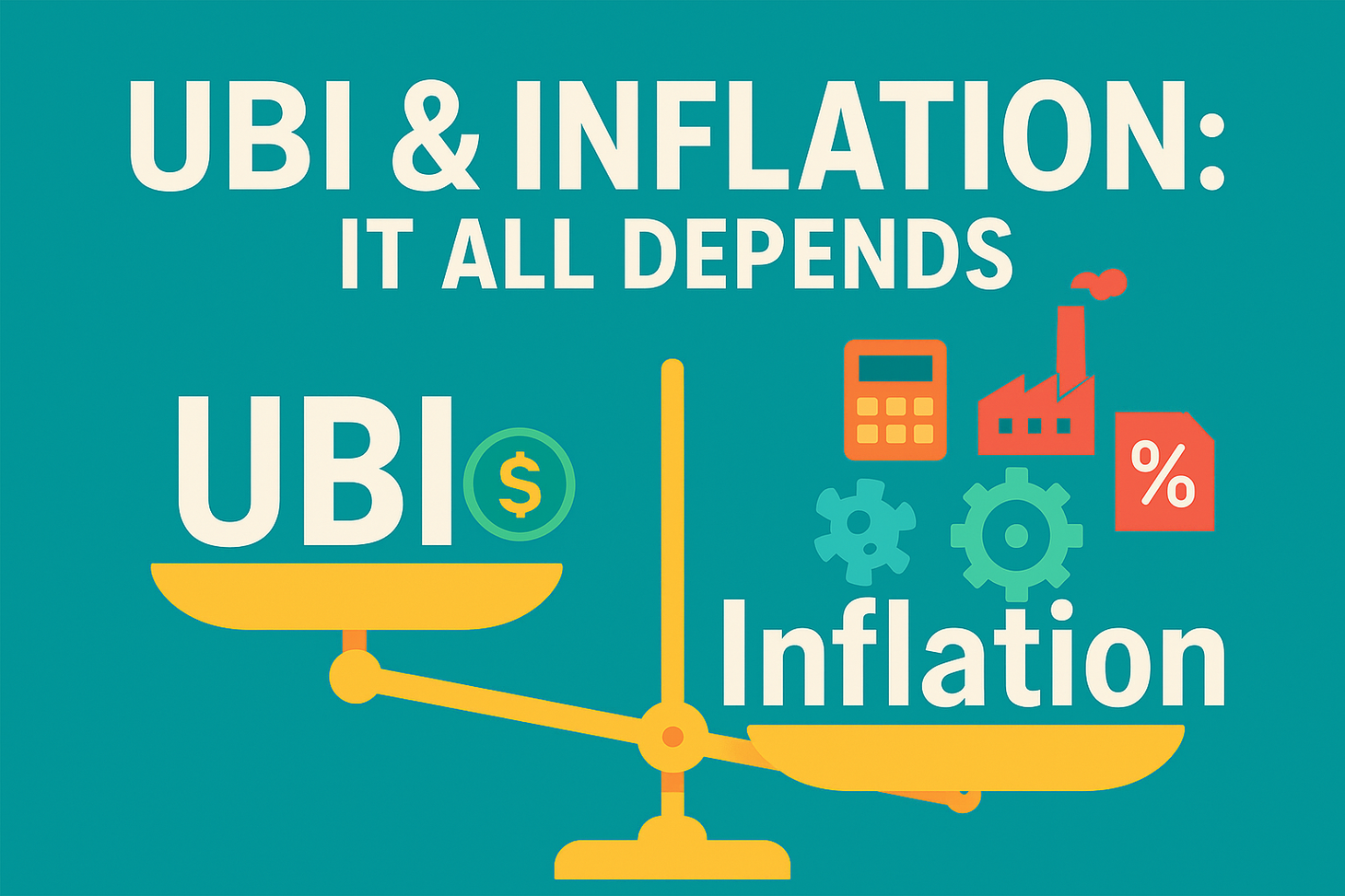Supply and Demand Variables

How not all basic income effects lead to rising prices
Exhibit B of Wouldn’t Unconditional Basic Income Just Cause Massive Inflation?
To inform inflationary fears on a more academic basis, it’s important to understand the basic variability of supply and demand and how it applies to various goods and services.
Unchanged Demand
Right now milk has a certain cost. Thanks to SNAP (aka food stamps), even those without money are presently obtaining milk. A basic income would just be a cash form of food stamp, and so the demand for milk is unlikely to change much. People who already buy milk are unlikely to buy more milk. They will just be using cash instead of EBT cards. Because demand has not gone up, there is no reason for cost to go up, and where cost does go up due to greed, competition will do its intended job.
Why buy $8 milk at greedy Store A when you can get it at not-greedy Store B for the $4 you’re used to spending on milk? Store A should find it difficult to sell $8 milk unless people have no other choices. However, this also provides incentive for Store C to enter the market and cater to all these customers who were previously ignored when they had little to no money to spend. As a result, a basic income should also reduce the existence of food deserts.
Additional note: Milk is actually a good now being obtained through robots with vastly less effort.
Decreased Demand
It’s not even true that greater income necessarily results in greater demand. There are goods and services that actually experience decreased demand when incomes increase. Think buses. Think bologna. Economists call these “inferior goods”, because when people have the option of purchasing better options, they prefer the better options.
Fox example, a lot of people ride the bus and eat bologna sandwiches, because that’s all they can afford to do. As soon as they have more money, instead of riding buses they buy a car. Instead of bologna, they buy roast beef. Therefore, the prices of goods like bologna might actually do down with basic income, in the attempts by stores to try to get people to buy stuff when customers no longer want the stuff.
Increased Demand Plus Flexible Supply
There will be goods that experience an actual increase in demand. These goods are those that people currently want and aren’t able to afford but will be able to afford with a basic income supplementing their wages like an actual raise would. These particular goods and services will be affected differently based on varying ability to scale-up manufacturing. This is where industrial capacity enters the inflation equation.

Where supply can be easily scaled up to meet increased demand, prices are unlikely to rise — think digital goods like iTunes. Where it can’t, prices will be likely to rise — think original Van Gogh paintings. But how many of us are planning on buying one of those?
Another example of the former would be machine-made designer purses and another example of the latter would be hand-made designer purses. So the question becomes what kind of purse and how many can we make using existing production capability?
Here in 2014, we are operating in the US at about 79 percent of our current total industrial capacity. If demand shot up across the board tomorrow, prices would only need to rise if our utilization jumped to 100 percent. However, another caveat is that usually businesses invest revenues to increase capacity when they hit their supply ceiling, so that they can obtain even more revenue by meeting increased demand with increased supply. So as capacity tops out, it gets increased wherever possible. To not increase capacity where possible would be bad business, essentially leaving money on the table. In this way price increases due to lack of capacity tend to be temporary with the exception of very limited goods and services.
It is for these same reasons that it is considered common sense among economists to recommend policies that get more income into the hands of those more likely to immediately spend it (i.e., anyone not rich), whenever the economy is operating at less than full capacity, because as long as that holds true, GDP will rise and prices won’t.
Understanding that demand will not increase across the board (especially for food and other basic goods everyone already purchases), and that where demand does increase, not all supply will be unable to increase to meet it, it is easier to recognize that…
Rising prices will be limited to certain goods and services that can be considered more luxuries than they are basic essentials.
So yes, a basic income can definitely result in higher prices, but should we avoid paying higher prices on luxuries like Van Gogh paintings so that those who can’t afford any luxuries at all can continue not being able to even afford the basics? Is it more important for someone earning seven figures to be able to afford a 100th pair of hand-made shoes for $225 instead of $200, than it is for the working poor to afford to eat three solid meals a day under a roof?
(Return to Wouldn’t Unconditional Basic Income Just Cause Massive Inflation?)

Did you enjoy reading this? Please click the subscribe button and also consider making a monthly pledge in support of my daily advocacy of basic income for all.
_large.jpg)
UBI Guide Newsletter
Join the newsletter to receive the latest updates in your inbox.



